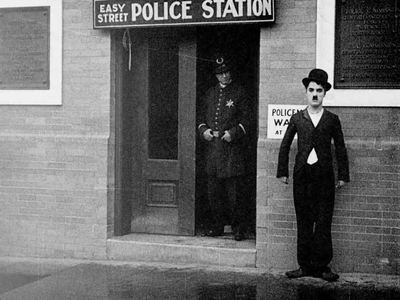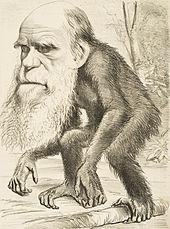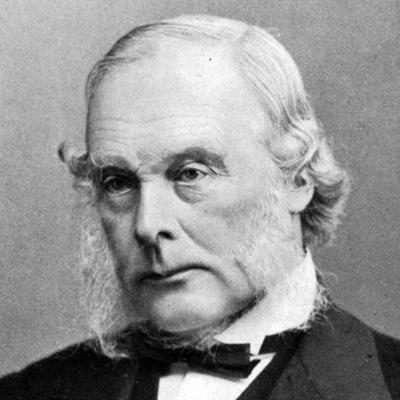
The Bureau of Engraving and Printing produced 971,903,700 stamps. Instead of two hundred stamps per plate, the Post Office Department could now get four hundred per plate for the same price from the printer. The smaller stamp was issued for two reasons, user convenience and as cost saving. This rate remained in effect until January 1, 1949, when it rose to six cents per ounce.

Most significantly, this rate applied to United States possessions and territories for mail to the US mainland For most, this resulted in major cost reductions. The Post Office Department issued the 5-cent DC-4 Skymaster stamp (Scott C33, small format) on March 26, 1947.Įffective October 1, 1946, the domestic airmail rate fell from eight cents per ounce to five cents per ounce. Volume did increase by twenty-six percent in the thirty post offices handling seventy-five percent of the nation's airmail in the first fifteen days of the new rate. The Post Office Department actively promoted "Nickel Airmail" in an effort to increase volume during the postwar era. Distribution was in panes of fifty, perforated 11 x 10 1/2. The Post Office Department printed 864,753,100 stamps using the rotary press, intaglio plates of two hundred.


This resulted in a savings of fifteen cents for each one-ounce letter. After October 1, 1946, this became five cents per ounce. Prior to the new rate, an airmail letter of one ounce from the Hawaiian territory was ten cents per half ounce to the mainland.

Because the rate did not take effect until October 1, 1946, a first day cover required two stamps or one stamp and a 3-cent stamp to make up the eight-cent rate.Įffective October 1, 1946, the domestic airmail rate fell from eight cents per ounce to five cents per ounce. The Post Office Department issued the 5-cent DC-4 Skymaster stamp (Scott C32, large format) on September 25, 1946.


 0 kommentar(er)
0 kommentar(er)
